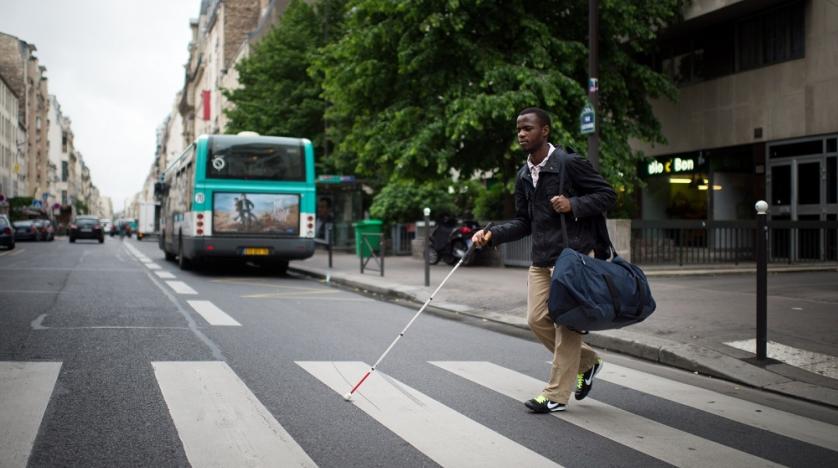Warning: Invalid argument supplied for foreach() in /home1/redcare1/public_html/wp-content/themes/uplift/swift-framework/content/sf-post-formats.php on line 89

There are about 1.3 billion people living with some form of visual impairment around the world. Out of this number, the majority are age 50 and above, which indicates that almost a quarter of the world population is living with some degree of vision impairment. Also, the World Health Organization (WHO) estimates that at least 80% of visual impairment is either preventable or curable.
Now, vision impairment in itself describes a decreased ability to see things visibly or when one’s eyesight has gone beyond a correctional level to make it “normal”. What this implies is that the eye cannot see as wide an area as usual without moving the eyes or turning the head. This term may be synonymous with blindness, as blindness connotes the complete or nearly complete loss of vision. The most typical causes of visual impairment are uncorrected refractive errors, cataracts, trachoma, corneal opacity, macular degeneration and glaucoma.

Although it is widely known that most elderly people live with some form of visual impairment, this doesn’t exclude the fact that kids, teenagers and young adults can as well develop some form of impairment from birth or over a number of years due to popular causes mentioned earlier.
Visually impaired persons are everywhere around us, and they require help and assistance to be functional members of the society, especially at childhood up until old age. This assistance includes the creation of universal designs that will benefit all users of facilities at workplaces, hospitals, senior centers, schools and homes. This doesn’t require a great deal of time, energy or even money. It boils down to knowing the basics and planning for easy access during the initial design of facilities and programs.

The primary environmental elements that can be modified and easily adapted include;
Lighting
- Replace burned out light bulbs regularly
- Floor lamps and table lamps should be provided in reading and recreational areas
- Keep chairs near windows for reading or crafting.
Furniture
- Provide adequate lighting close to furniture
- Brighten up furniture with colourful accessories such as vases and lamps to enable ease of location
- Furniture should be arranged in small groupings to smoothen conversation among people
Colour contrast
- Doorknobs that contrast in colour with doors should be installed to aid easy location
- Mark edges of steps and ramps with a highly contrasting colour of paint
Signs
- Emergency exits should be clearly marked
- Braille signage that meets ADA specifications should be provided
- Place all signs at eye level
Telephones
- Make available telephones with large print keypads/dials
- Sound-amplified telephones that increase sound levels should be provided
Stairways and Hallways
- Install grab bars if needed
- Make landings in a contrasting colour
- Light stairwells clearly

These basic environmental design and safety tips are essential towards making a facility comfortable and accessible for persons who are visually impaired, and for everyone else who uses the facility and services. Going forward, these elements must be incorporated into the universal design of the society in order to promote inclusivity and improve the standard of living among our visually impaired population.
In conclusion, it is salient to note that there are effective interventions available to prevent and treat eye diseases. For example, an uncorrected refractive error can be corrected with glasses while cataract surgery can restore vision. Vision rehabilitation is also effective in improving functioning for people with an irreversible visual impairment. So from this, we are free to say all hope is not lost for visually impaired persons.
- Chima Ordu, Admin Intern at Redcare HMO



